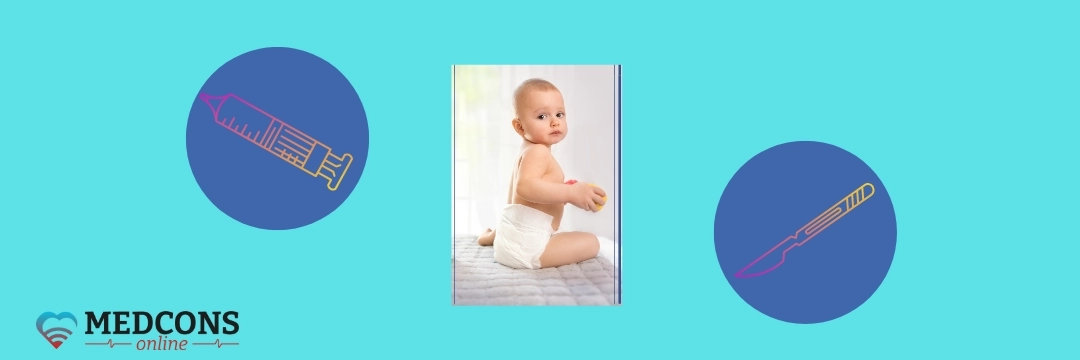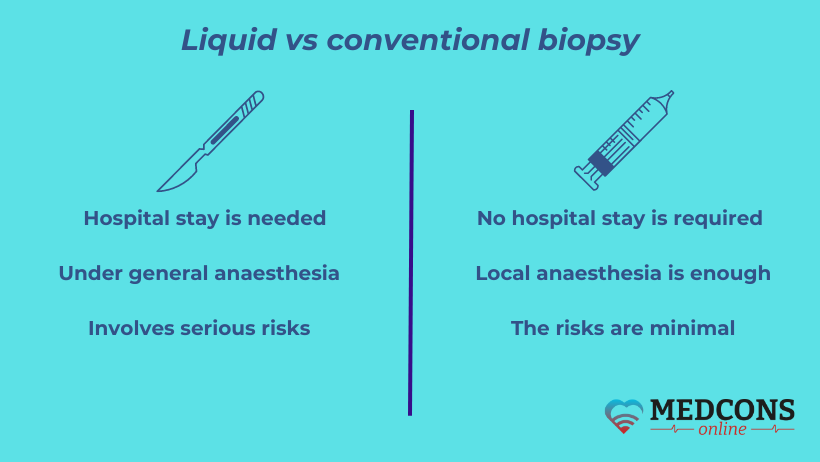
A new diagnostic procedure using liquid biopsy to identify tumor hallmarks may replace the current standard for malignant brain diseases in children. In the future, only a few milliliters of cerebrospinal fluid will be sufficient to obtain an accurate molecular profile of the disease.
What's the advantage?
Molecular diagnosis of brain masses is the cornerstone of their therapy planning. However, its conventional form may become a challenge. The reason is difficulty obtaining tissue samples.
However, it became known some time ago that fluids circulating in the human body of a cancer patient contain particles of cancer cells. Therefore, they, as well as tissues, can be used to analyze and determine various characteristics of the malignancy.
Based on this knowledge, scientists at the Children's Cancer Center Research Institute in cooperation with the Hamburg University Cancer Center have developed a novel application of the liquid biopsy method, which involves the examination of cerebrospinal fluid. The latter is obtained by lumbar puncture. This procedure is much simpler than the one used to obtain brain tissue samples.

How is the study done?
The object of cerebrospinal fluid samplesexamination was the so-called free-circulating DNA of tumor cells. Scientists applied nanopore sequencing technology (the newest method of nucleic acid sequencing), which was used to establish tumor molecular profiles. Copy number variation data blocks and global DNA methylation profiles were analyzed as benchmarks.
Nanopore sequencing was technically feasible in 110 samples, and circulating tumor DNA (ctDNA) was detected in 50 of them. The authors of the study note that ctDNA was detected both in advanced disease and in the absence of residual disease evidence (the presence of circulating cancer cells in remission after treatment).
Most of the copy number variation profiles featured the characteristic features of the respective biopsy specimens. The DNA methylation profile allowed accurate tumor classification in 22/110 cases and failed in 2/110 cases.
Thus, the authors of the study concluded that nanopore sequencing of free-circulating DNA from cerebrospinal fluid may become a promising method for primary diagnosis of brain masses in children.
Potential applications of the new technique
He also noted that in the case of masses that should and can be operated on, performing such a diagnosis before surgery allows for more accurate surgical planning in accordance with the individual characteristics of the tumor mass.
The working group is planning additional clinical trials to further explore the potential of liquid biopsy in pediatric brain cancer therapy.
References
- Ann-Kristin Afflerbach, Christian Rohrandt, Björn Brändl, Marthe Sönksen, Jürgen Hench, Stephan Frank, Daniela Börnigen, Malik Alawi, Martin Mynarek, Beate Winkler, Franz Ricklefs, Michael Synowitz, Lasse Dührsen, Stefan Rutkowski, Annika K Wefers, Franz-Josef Müller, Melanie Schoof, Ulrich Schüller, Classification of Brain Tumors by Nanopore Sequencing of Cell-Free DNA from Cerebrospinal Fluid, Clinical Chemistry, Volume 70, Issue 1, January 2024, Pages 250–260

Comments — 0